In the ongoing battle against fleas, mosquitoes, ticks, and other troublesome insects, a remarkable and natural solution awaits right in your garden – plants that repel fleas.
Imagine a supernatural, cost-effective way to protect both you and your beloved pets.
These plants come in various shapes and sizes, and planting them outdoors is the key to their effectiveness.
Say goodbye to expensive and sometimes unpleasant flea and tick treatments and embrace the power of nature. However, it’s crucial to consult your vet to ensure these choices align with your pet’s specific needs.
In this article, we will introduce you to an extensive list of plants that are renowned for their ability to repel insects, particularly fleas.
Not only do they serve as a formidable defense against pests, but many of them also emit fragrances that humans find delightful.
These botanical heroes can make your home and garden a more insect-free and pleasant place for both you and your furry friends.
1. Catnip (Nepeta Cataria)
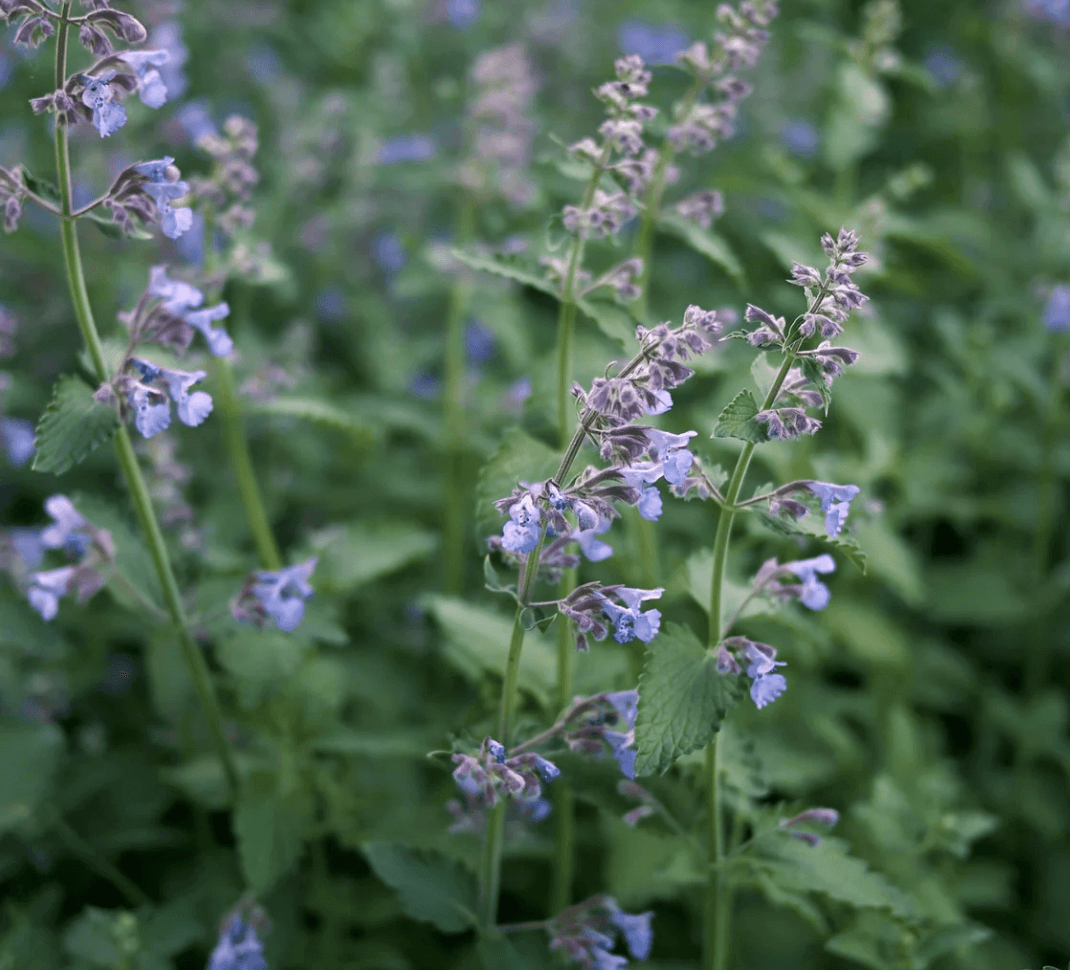
Catnip, a member of the mint family, stands out as one of the top plants that repel fleas.
Growing to a height of 3-4 feet, it requires full sun and thrives in various soil types.
The key to its repellent properties lies in nepetalactone, an essential oil far more effective than many commercial repellents.
Not only does it deter fleas and mosquitoes, but it’s also a favorite among cats, who are attracted to its minty scent.
Catnip is easy to propagate through seeds, cuttings, or root division, making it a versatile and low-maintenance choice for gardeners seeking natural pest control.
2. Lemon Balm (Melissa Officinalis)
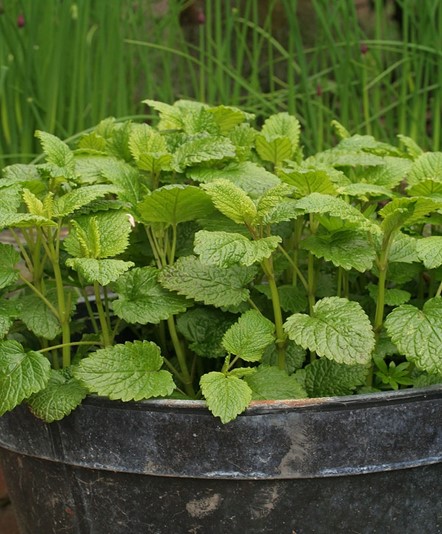
Lemon Balm, with its refreshing citrus fragrance, is an excellent plant that repels fleas.
It can adapt to various growing conditions, thriving in both garden beds and containers.
The plant’s lemony aroma, pleasing to humans, acts as a natural deterrent to fleas and mosquitoes.
Additionally, Lemon Balm is valued for its use in culinary dishes and herbal teas, offering both aromatic and medicinal benefits.
This herb can grow prolifically, so regular pruning is recommended to maintain its shape and encourage new growth.
3. Sage (Salvia Officinalis)
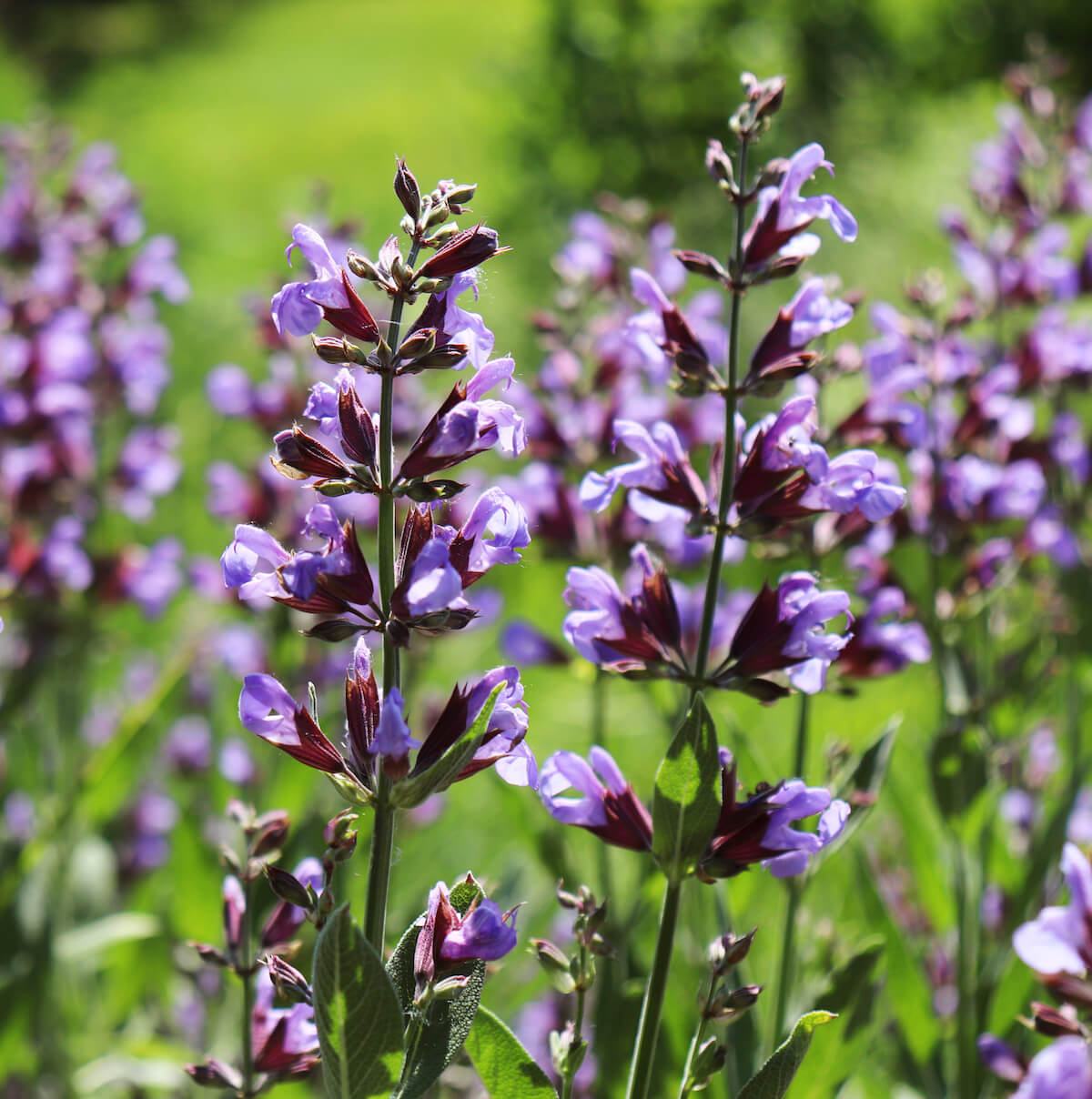
Sage, a hardy perennial herb, is a notable plant that repels fleas. It prefers sunlit areas in cooler climates and needs well-drained soil to flourish.
The strong, distinctive scent of Sage makes it unattractive to fleas and other insects, thereby protecting nearby plants.
Beyond its pest-repelling abilities, Sage is celebrated for its culinary and medicinal uses, often used in savory dishes and herbal remedies.
Its grayish-green leaves and woody stems add a rustic aesthetic to gardens, making it both functional and decorative.
4. Mint (Mentha Sp.)
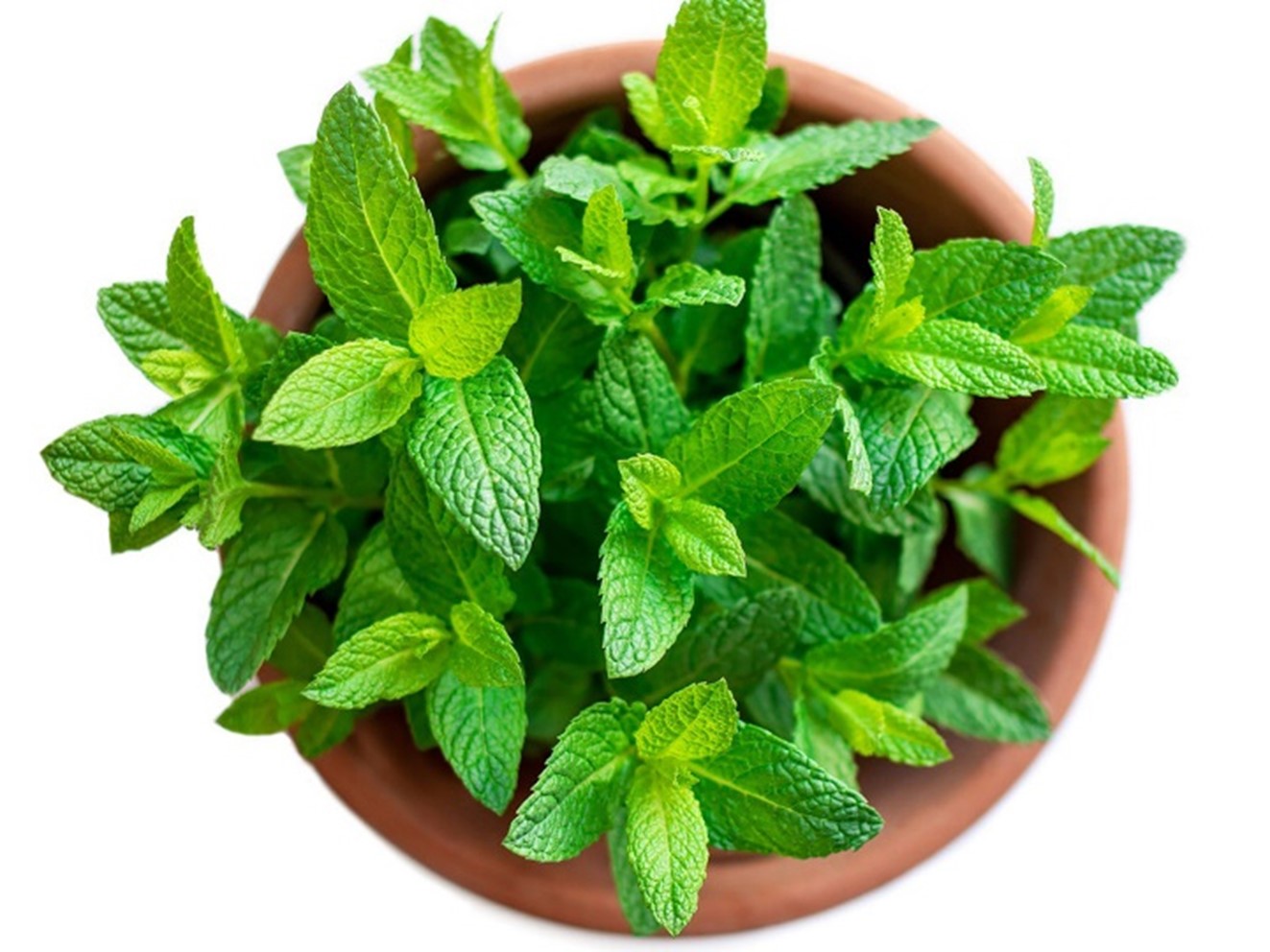
As one of the most effective plants that repel fleas, Mint offers a fragrant and natural solution to pest problems.
It’s a vigorous grower, suitable for shady spots or in pots to control its spread.
Mint’s strong aroma is unappealing to fleas, yet it’s a delightful addition to any garden for its culinary uses.
From teas and cocktails to sauces and salads, Mint adds a fresh flavor to various dishes.
Regular harvesting and pruning encourage fuller, bushier plants and prevent them from becoming invasive.
5. Basil (Ocimum Basilicum)
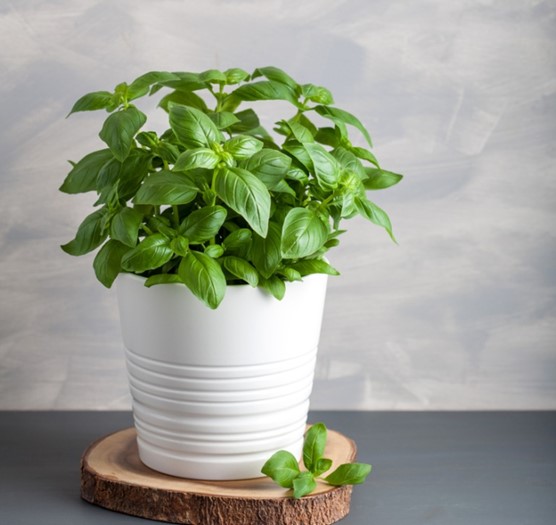
Basil, renowned for its culinary uses, also doubles as an effective plant that repels fleas.
It thrives in sunny spots with well-drained soil and can be easily grown in pots or garden beds.
The herb’s robust scent, appealing to humans, acts as a natural deterrent against fleas and other pests.
Besides pest control, Basil is a staple in many kitchens, used in sauces, salads, and beverages.
Its vibrant green leaves and pleasant aroma make it a popular choice for both gardeners and cooks.
6. Oregano (Origanum Vulgare)
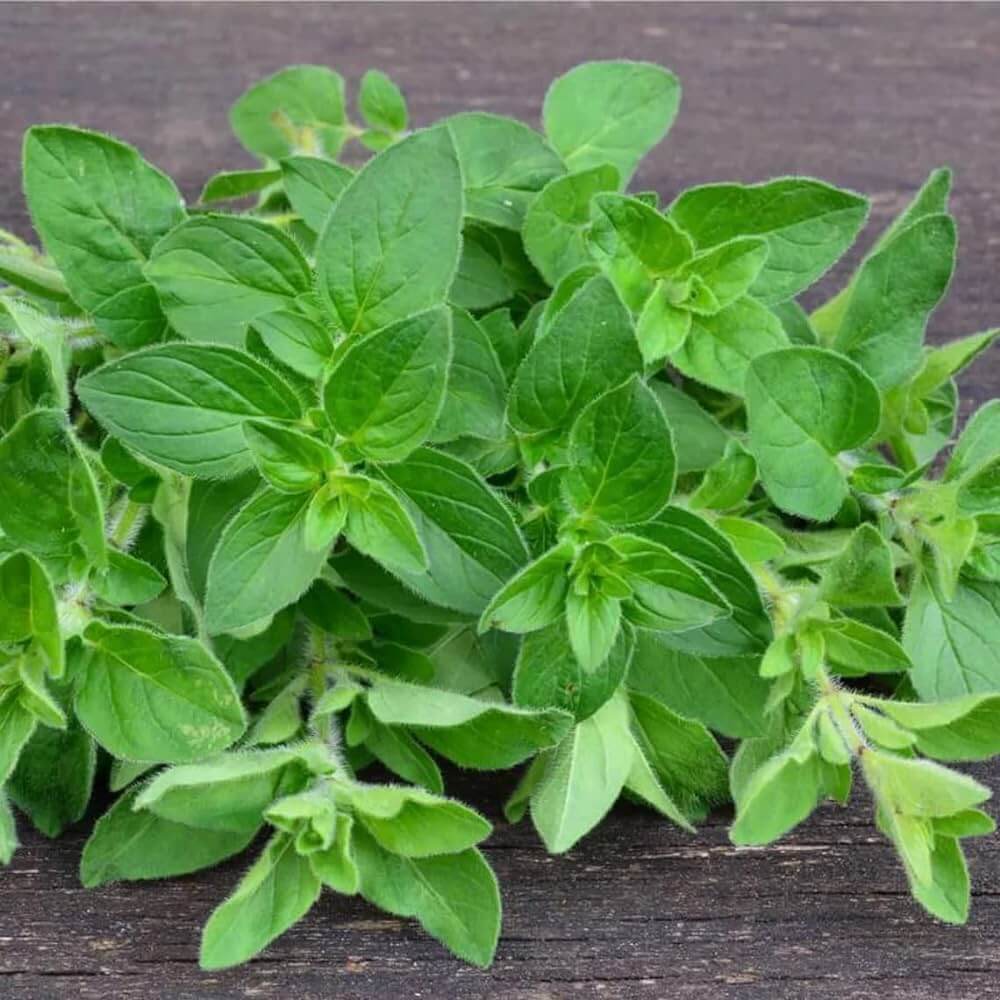
Oregano, part of the mint family, is celebrated as a plant that repels fleas.
This robust herb is easy to grow and maintains its potency in various conditions, whether in a pot or in the ground.
Oregano’s pungent aroma is effective against fleas and other insects, serving as a natural form of pest control.
In addition to its repellent properties, Oregano is a culinary favorite, commonly used in Italian, Greek, and Mexican dishes, imparting a warm, aromatic flavor to a variety of recipes.
7. Rosemary (Rosmarinus Officinalis)
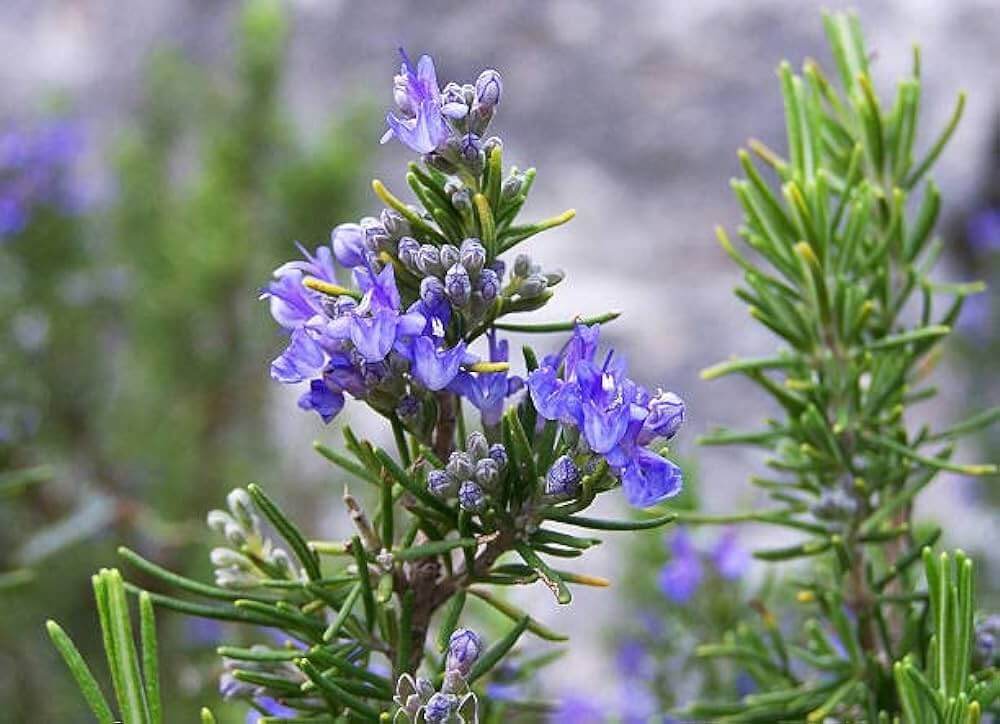
Rosemary is not only a culinary delight but also a powerful plant that repels fleas.
It thrives in sunny, well-drained locations and can grow throughout the year. Rosemary’s aromatic oils are potent in deterring fleas, while its needle-like leaves and woody stems make it a beautiful addition to any garden.
It’s also a favorite among chefs for its flavor, commonly used in roasts, soups, and sauces.
Additionally, Rosemary is known for attracting beneficial insects like bees and butterflies, enhancing the biodiversity of your garden.
8. Lavender (Lavendula Sp.)

Lavender is celebrated for its soothing fragrance and status as one of the effective plants that repel fleas.
It requires full sun and well-drained soil to thrive.
Lavender’s beautiful purple blooms not only repel unwanted insects like moths, fleas, and mosquitoes but also attract pollinators, contributing to a healthy garden ecosystem.
Its flowers are used in various applications, from aromatherapy to culinary dishes, adding both flavor and fragrance.
Regular pruning encourages more blooms, ensuring a continuous display of its aromatic flowers throughout the year.
9. Lemongrass (Cymbopogon Citratus)
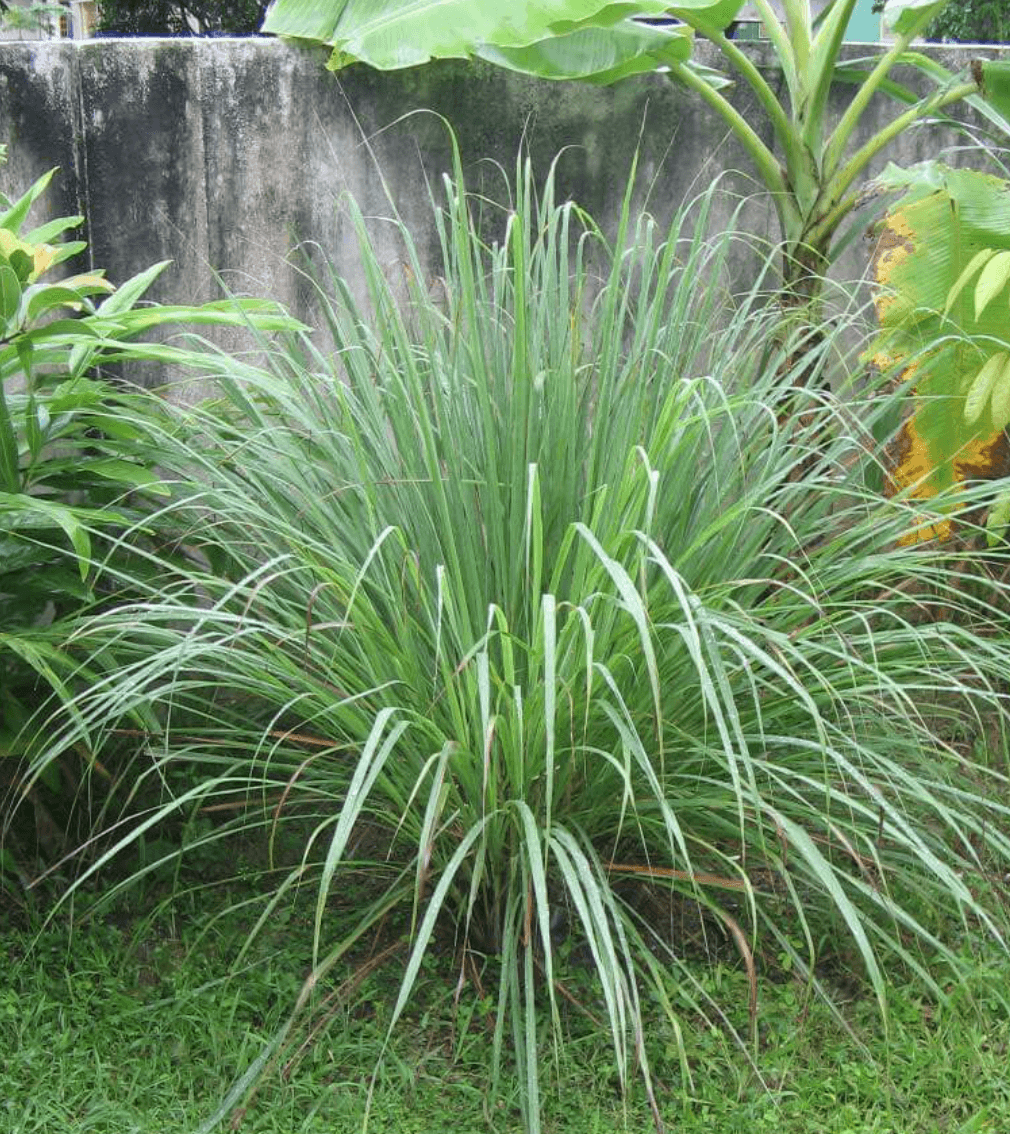
Lemongrass is a tropical plant known for its strong, citrus-like aroma, making it one of the effective plants that repel fleas.
It thrives in warm climates and can be easily grown in pots.
Lemongrass is not only a natural flea repellent but is also widely used in culinary dishes for its refreshing flavor.
The plant contains citronella oil, which is a popular ingredient in natural insect repellent sprays.
Additionally, lemongrass is used in aromatherapy for its calming effects, making it a multifunctional addition to any garden.10. Fleawort (Plantago sp.)
10. Fleawort (Plantago Sp.)
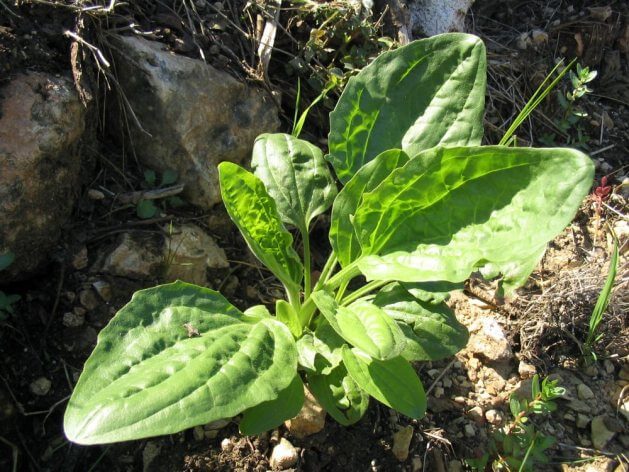
Fleawort, often overlooked as a common weed, is surprisingly effective as a plant that repels fleas.
This low-growing plant forms rosettes that resemble lettuce and is known for its pest-repellent properties.
It blends well with other garden plants, providing a natural and unobtrusive pest control solution.
In addition to repelling insects, Fleawort is edible and can be a unique addition to salads and herbal teas, offering a mild and slightly bitter flavor.
Its small flowers, which emerge on slender spikes, contribute to the biodiversity of a garden, attracting beneficial insects.
Fleawort is a hardy plant, requiring minimal care, and can thrive in a variety of soil conditions, making it a practical choice for gardeners seeking low-maintenance pest control.
11. Marigold (Tagetes Sp.)
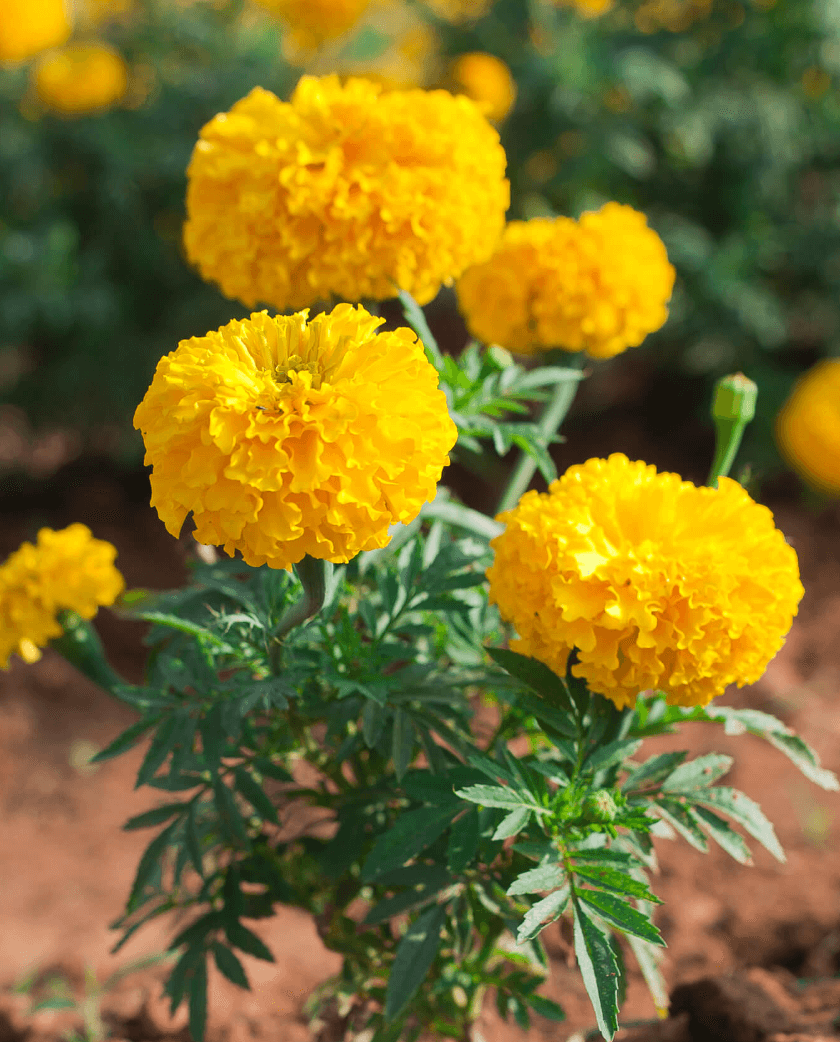
Marigolds are celebrated for their bright flowers and efficacy as plants that repel fleas.
These cheerful blooms are not just aesthetically pleasing but also release a substance that deters various garden pests, including nematodes and aphids. Easy to grow and maintain, Marigolds are perfect for adding color and protection to vegetable gardens.
Their presence can enhance the health of surrounding plants by creating a natural pest barrier.
Marigold petals are also edible, offering a peppery flavor to salads and culinary dishes.
Furthermore, they are believed to have medicinal properties, used in traditional remedies for skin irritations and minor wounds. Marigolds are a fantastic choice for gardeners who want to combine beauty with functional pest control.
12. Eucalyptus (Eucalyptus Sp.)

Eucalyptus is a majestic tree known for its fragrant leaves and role as a plant that repels fleas.
Its leaves are rich in eucalyptol, an oil that is highly effective against a wide range of insects.
Eucalyptus trees can grow to impressive heights, providing not only pest control but also shade and a refreshing scent.
The leaves can be used in various ways, from brewing herbal teas to creating natural air fresheners.
Eucalyptus is also known for its health benefits, particularly in respiratory remedies.
However, due to its fast growth and high oil content, careful consideration should be given to its planting location, as it can be a fire hazard in dry climates. Nonetheless, Eucalyptus remains a popular choice for its multifaceted benefits and striking appearance.
13. Chrysanthemum (Chrysanthemum Sp.)
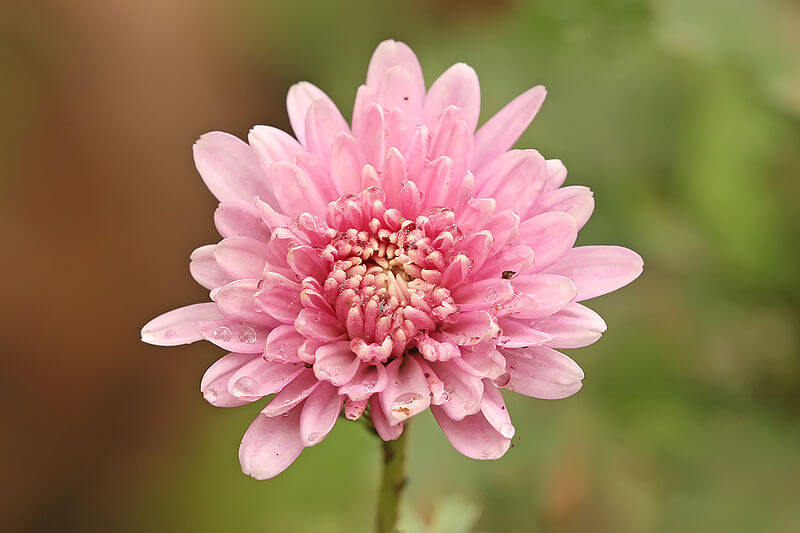
Chrysanthemums, with their stunning blooms, are highly effective as plants that repel fleas.
They contain pyrethrin, a natural insecticide that makes them unappealing to fleas and other insects. Chrysanthemums can be cultivated in gardens or pots, forming dense, colorful bushes that enhance the landscape’s beauty.
Beyond their pest-repellent properties, these flowers are also used in teas and traditional medicines.
Chrysanthemums come in a variety of colors and sizes, offering gardeners a broad palette to beautify their outdoor spaces.
They require moderate care, preferring well-drained soil and ample sunlight. Their ability to repel pests while adding aesthetic value makes them a popular choice among garden enthusiasts.
14. Rue (Ruta Graveolens)
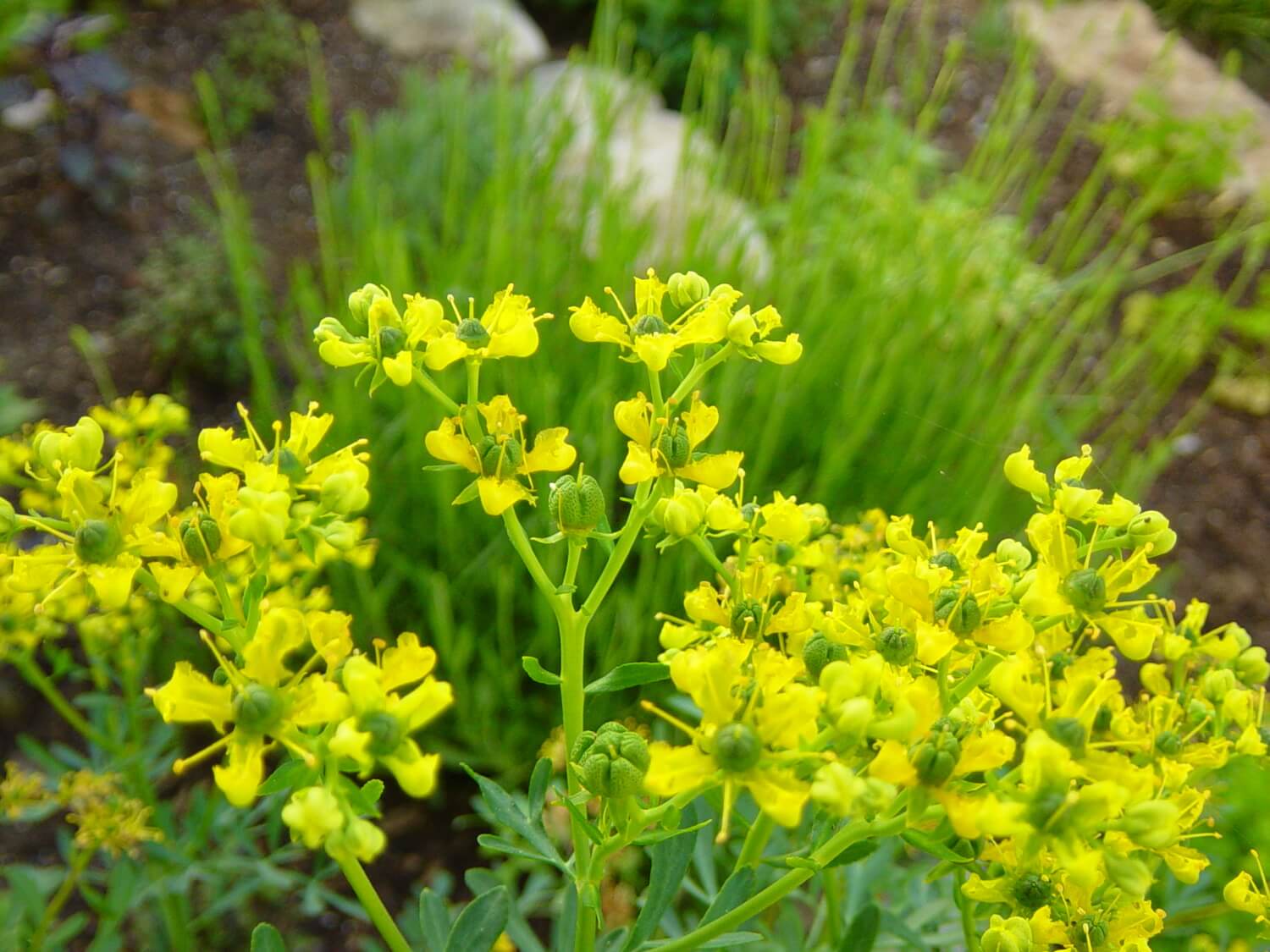
Rue is a historically significant herb, renowned as one of the ancient plants that repel fleas and mosquitoes.
This hardy perennial requires full sun exposure and attracts bees and other beneficial pollinators, making it an excellent addition to any garden aiming for ecological balance.
While it’s not harmful to animals, Rue’s strong, pungent odor is generally disliked by them, making it useful for those looking to deter unwanted wildlife from their yards.
Rue grows up to 2 feet tall and is characterized by its bluish-green, fern-like leaves covered in oil glands.
These glands release a potent aroma that serves as a natural insect repellent.
The plant is also known for its ease of cultivation, growing rapidly with minimal attention and can be propagated effortlessly through seeds, cuttings, or root division.
15. Nasturtiums (Tropaeolum Sp.)

Nasturtiums are vibrant and versatile plants that repel fleas and a wide array of other insects, including whiteflies, squash bugs, and aphids.
Known for their easy cultivation and rapid growth, Nasturtiums are ideal companions for a variety of plants, enhancing garden health and aesthetics.
These colorful flowers emit an airborne chemical that naturally deters pests, making them an invaluable asset in vegetable gardens to safeguard crops.
The unique trait of Nasturtiums lies in their ability to coexist and benefit neighboring plants, creating a symbiotic environment in the garden.
With their bright, trumpet-shaped flowers and lily-pad-like leaves, Nasturtiums add a splash of color to any setting.
They are not only ornamental but also edible, with a peppery taste that adds a zesty flavor to salads and culinary dishes.
Conclusion
In the realm of pest control, the supernatural power of nature often outshines chemicals and artificial solutions.
As we conclude our exploration of plants that repel fleas, we’ve unveiled a natural and holistic approach to create a bug-free environment for your home and garden, benefitting both you and your pets.
These plants, with their aromatic oils and fragrances, establish an invisible shield against fleas, mosquitoes, ticks, and other pests.
From the feline-favorite Catnip to the versatile Nasturtiums, each plant on our list not only repels insects but also adds aesthetic and culinary value to your surroundings.
By harnessing the supernatural abilities of these botanical guardians, you can reduce your reliance on expensive and potentially harmful pest control methods.
With the power of nature on your side, you and your pets can enjoy a pest-free and harmonious environment.
So, go ahead, plant your insect-repelling garden, and let the magic of nature unfold, keeping those troublesome fleas at bay.

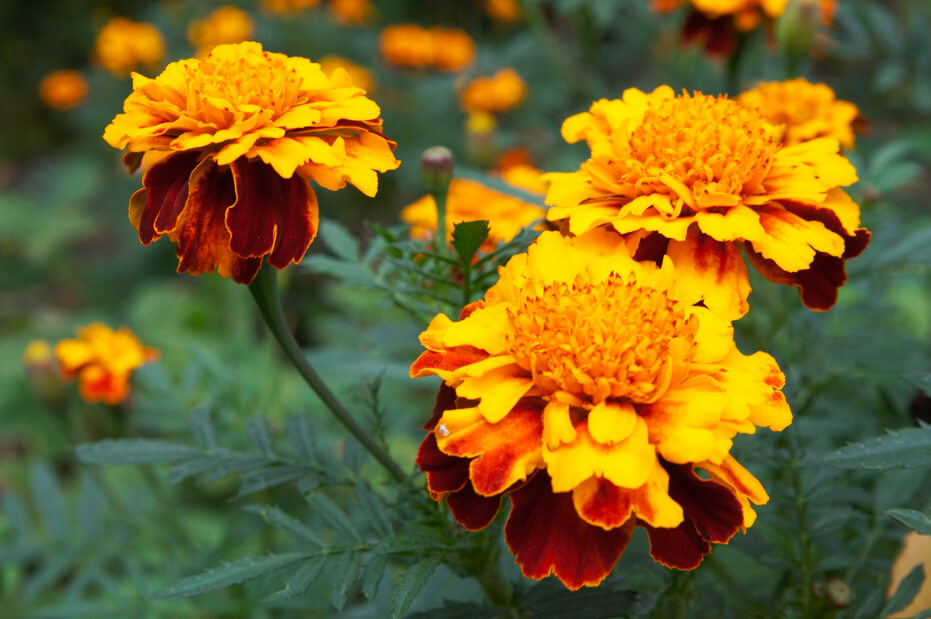
I was wondering if glycerin and rose water or rose oil repel fleas
Thank you so much for the article. It was extremely informative. I’m truly amazed at all of the plants that I know so little about and the different helpful uses they have. Again thank you.